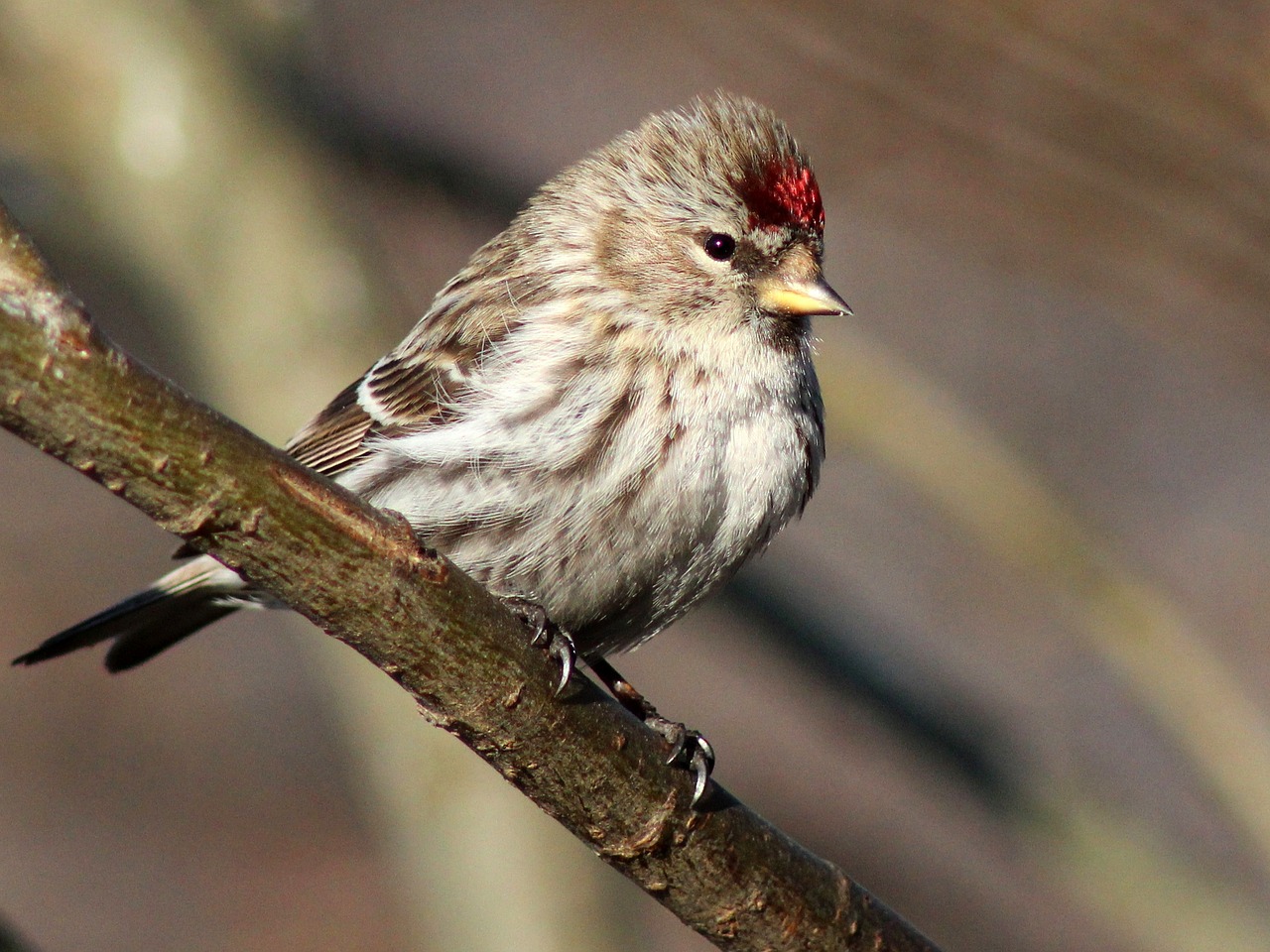Effects of bad weather on the breeding of the Redpoll Carduelis flammea in a year with a poor birch seed crop in southern Lapland
DOI:
https://doi.org/10.34080/os.v1.23105Keywords:
climate effects, breeding biology, breeding success, foraging ecologyAbstract
The number of breeding Common Redpolls in montane birch forests is shown to be subject to great fluctuations. Peak years have coincided with a superabundant seed crop of the montane birch. The connection between the breeding of the Redpolls and the birch seed crop has been studied since 1979 in the Ammarnäs area in Swedish Lapland. In 1988 there was a very low abundance of birch seeds, yet the density of the Redpolls during the breeding season was quite high. Here we present some observations on the breeding success of Redpolls in this year. The study is based on observations at 21 nests of Common and Arctic Redpolls. Only 3 of 12 pairs that started to breed just before or during a six days period with cold and rainy weather bred successfully. The other pairs postponed egglaying (2) or deserted their clutches (7). All pairs that had completed egglaying more than two days before or started the egglaying after the cold period were successful. In years with a good supply of birch seeds no such effects of bad weather have been recorded during the early period of the breeding. Our observations show how vulnerable the Redpolls are to bad weather when the seed crop is poor. The adult Redpolls probably switched to an insect diet, which was hard to maintain when the weather became cold and rainy.
Downloads

Downloads
Published
How to Cite
Issue
Section
License
The copyright of each contribution belongs to the author(s), but all contributions are published under a Creative Commons license, so that anyone is free to share and reuse the contribution as long as the copyright holder is attributed.







